2025 Author: Erin Ralphs | [email protected]. Last modified: 2025-06-01 05:35:55
Car cooling radiator is designed to lower the temperature of the refrigerant (antifreeze or antifreeze) circulating inside the engine. Its design usually consists of two tanks and honeycombs located between them, which are a system of thin tubes equipped with thin lamellas. Reducing the temperature of the refrigerant is achieved by natural or forced air blowing of the cells.
Despite the simple design, the radiator sometimes fails. Its main malfunction is a violation of tightness. In other words, it starts to leak. A coolant leak while the power unit is running threatens the latter with critical breakdowns due to overheating.
Replacing a radiator is not so much troublesome as it is expensive. And the bill here goes to thousands and even tens of thousands of rubles. In this article we will talk about whether it is possible to solder the cooling radiator with your own hands and what tools will be needed for this.

Why is there a leak
Leak in the device under consideration can occur only for two reasons: due to mechanical damage and due tocorrosion processes occurring inside the tubes. In the first case, this may be the impact on the cells or tanks of a foreign object. This usually happens as a result of traffic accidents, hitting a high curb, hitting a stone, etc. Everything is clear here. A visual inspection will allow you to accurately determine the location of damage, as well as assess the possibility of repair. Corrosion is a little more difficult. In order not to make a mistake and solder the cooling radiator where necessary, you will need to take a few simple steps to find the problem area or even areas. The fact is that corrosion damage can occur in several places at the same time.
Looking for a leak
A clear sign that a radiator is leaking is the presence of coolant on the ground under the car, on the engine guard, or on the car itself. Finding a leak without dismantling the device is almost impossible. But before removing it, you should make sure that it is in it, and not in the pipes or, for example, in the leaky plug of the upper tank. When this is done, you can safely drain the coolant and remove the radiator for diagnostics.

If a visual inspection of the device fails, test it by immersing it in water. To do this, take a suitable size container, fill it with water. Close all pipes with plugs and immerse the radiator in water. Now it remains only to create air pressure in the device. This can be achieved by simply blowing into the filler neck of the upper tank or by inventing another option.with a compressor (pump). The air bubbles coming out will show you exactly where the damage is.
Copper or aluminum
In order to solder a cooling radiator with high quality, it is necessary to determine exactly what material it is made of. Most often, cooling devices are made from copper and aluminum. Determining the type of material is easy. Copper honeycombs have a characteristic reddish-brown color, aluminum honeycombs are gray.
If you have established that you have a copper radiator, you can consider yourself lucky. This metal is easily soldered at home. If you got an aluminum device, then you will have to tinker with it, because this material is difficult to solder.
Repairing a copper radiator
To solder a copper engine cooling radiator, you will need the following tools and tools:
- powerful soldering iron or gas burner;
- solder;
- solder flux;
- pliers;
- sandpaper.

First, the radiator must be dried, especially if you checked it by immersion in water. Next, the site of damage should be carefully cleaned with sandpaper. If there are lamellas on it, they must be removed locally. After that, the place of soldering is treated with flux and dried again.
You can solder the cooling radiator with both a gas burner and a soldering iron. In the first case, the solder is applied in place and heated with a torch until it melts and fills the crack. Using as heatingsoldering iron tool, make sure it has enough power.
If the solder does not adhere to the surface or lags behind, it is necessary to repeat the stripping and fluxing process. You can check the repaired radiator using the method described above.
What is the difficulty of soldering aluminum
Aluminum is a very specific metal. Its peculiarity lies in the high chemical activity, manifested in the formation of the so-called oxide film on the surface. It appears instantly when a pure metal comes into contact with air, reacting with oxygen. And it is precisely because of it that it is impossible to solder an aluminum cooling radiator in the usual way. This will require additional substances that contribute:
- remove the oxide film from the surface;
- reduce surface tension;
- protection from adverse factors affecting the soldering process;
- improve solder flow.

Materials and tools for soldering aluminum radiators
In order to solder a cooling radiator, the honeycombs of which are made of aluminum, you will need:
- powerful soldering iron;
- solder (tin-lead or tin-bismuth alloy);
- iron sawdust;
- rosin;
- refractory container (crucible).
It is desirable that the soldering iron has a power of more than 100 watts. Otherwise, he simply will not be able to warm up the aluminum. As far as solder is concerned,sealing small cracks (holes), a tin-lead alloy is suitable. If the damage is significant, then it is advisable to use a solder consisting of 5 parts of bismuth and 95 parts of tin. Such an alloy can be easily purchased at stores that sell radio components. Usually, it has the form of a wire and is marked as POSV-33 or POSV-50.
Preparing flux
It is possible to solder a cooling radiator with your own hands only if you have a high-quality flux. You will have to cook it yourself. And it is better to do this before the very beginning of soldering. So, pour 2 parts of ordinary rosin and 1 part of iron filings into a refractory container. Sawdust can be made using a file with small notches, processing with it any iron blank that comes to hand. Heat the resulting mixture on fire, stir and let cool. That's basically it. Flux for aluminum ready.

Flux for maximum strength seam
To obtain the most durable protective seam at the site of damage to the radiator, a special flux is used, called flux. It can also be obtained at home. To prepare the fluff, you will need the following substances in the following proportions:
- potassium chloride - 56%;
- lithium chloride - 23%;
- cryolite - 10%;
- coarse edible s alt - 7%;
- sodium sulfate - 4%.
Ingredients are finely ground and mixed. It is necessary to store such a flux in a hermetically sealed glass container in a dark place.
We repair the aluminum radiator with our own hands
Radiator, as in the previous case, wash and dry. We carefully clean the place of soldering with an emery cloth, and then degrease it. After that, we apply a pre-prepared flux on it with a soldering iron. Carefully rub it on the surface. Next, apply solder layer by layer, stretching it over the repaired surface. The role of iron filings is to destroy the oxide film at the very last moment before soldering, thereby allowing aluminum and solder to bond.

How to solder plastic on a cooling radiator
Most modern car radiators have tanks made of heat-resistant plastic. This material does not react with coolant and does not corrode, but it does not have the elasticity that can withstand mechanical damage. That is why some car owners who are faced with the problem of a broken tank are wondering if it is possible to solder a cooling radiator whose plastic has been damaged. Can! But it is better to entrust this business to professionals. Heat-resistant plastic is very difficult to solder due to its rigidity. Yes, and it is quite difficult to find the right material for this.
Today you can find hundreds of offers from organizations and individuals who are ready to solder a cooling radiator with high quality. The price for such services ranges from 100 rubles per sq.cm. Separately, you will have to pay for the removal, diagnostics and installationdevices.

If the issue of repairing the tank has become very acute, or you don’t really want to pay, you can try to do it yourself. To do this, the damage site must be cleaned and shaped in such a way that the material that will be applied as a reducing agent can easily penetrate into the gap. Next, the treated area is degreased.
As for the bonding material, it can be soft plastic or two-component epoxy adhesive. In the first case, the plastic is melted with a soldering iron and applied to the damaged area with a small spatula. Glue is applied in the same way. When performing work on soldering tanks, it is advisable to use a reinforcing mesh with small cells. It is placed between layers of adhesive material. Of course, such soldering cannot guarantee years of problem-free operation of the radiator, but as a temporary measure it will do.
Recommended:
How to polish scratches on a car with your own hands: technology and materials
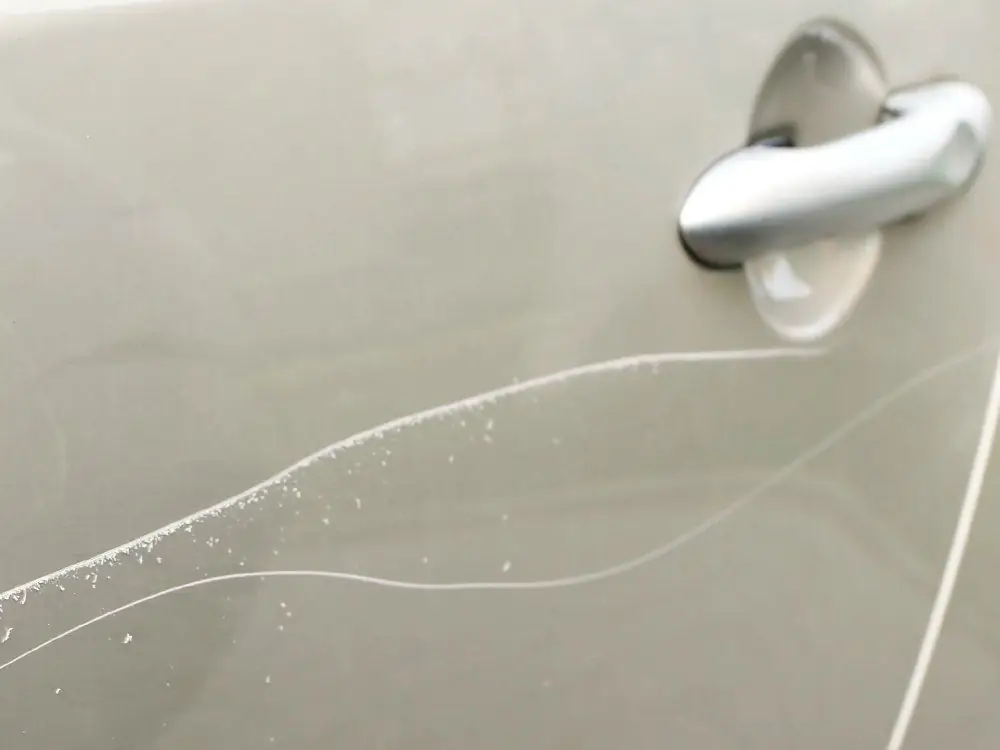
Scratches on a car body are quite common. You can find them anywhere, unsuccessfully opening the door, parking too close to a bush, not noticing an obstacle, and in a number of other situations. In some cases, you can get rid of them only by resorting to painting in the cabin, in others, you can polish the scratches on the car with your own hands
How to properly soundproof a car with your own hands? Required Materials and Tips
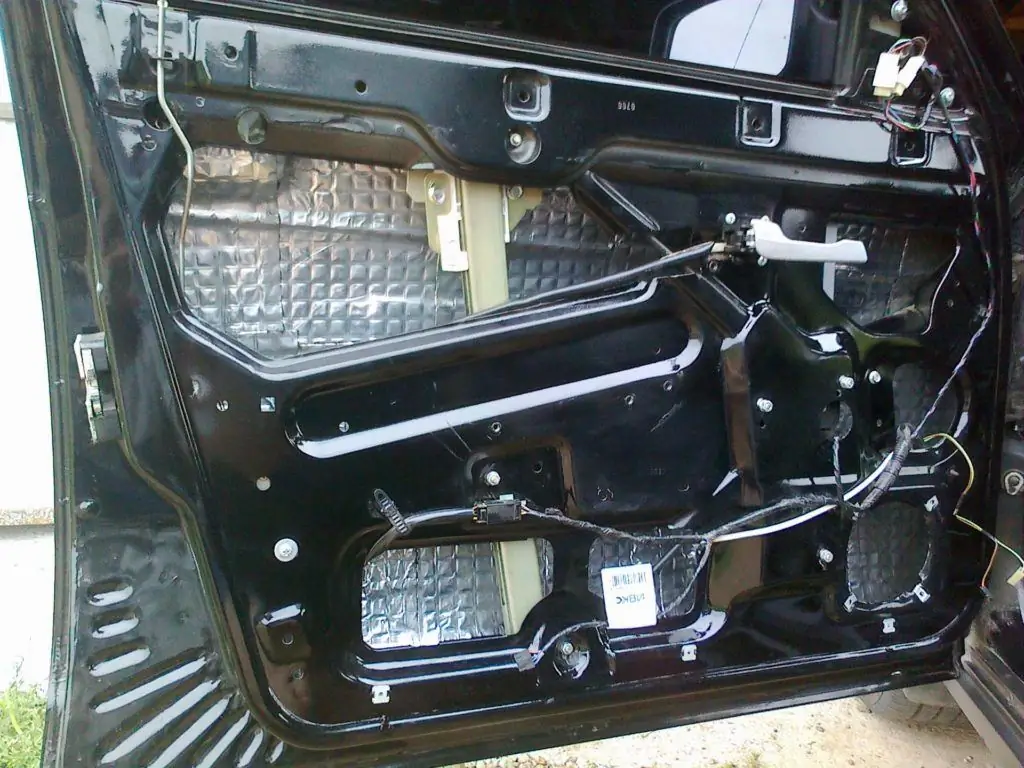
Even in a new car, the enjoyment of driving can be spoiled by constant noise from tires, other cars, wind, etc. A lot of extraneous sounds gradually begin to annoy even people with a very stable nervous system. To save yourself from annoying noise, you need to do a lot of work on installing soundproofing
Cooling system device. Branch pipes of the cooling system. Replacing the pipes of the cooling system
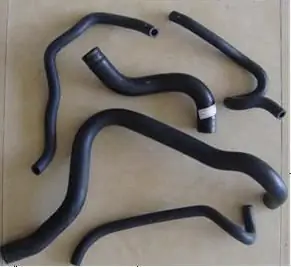
The internal combustion engine works stably only under a certain thermal regime. Too low a temperature leads to rapid wear, and an excessively high temperature can cause irreversible consequences, up to jamming of the pistons in the cylinders. Excess heat from the power unit is removed by the cooling system, which can be liquid or air
Additional automatic transmission cooling radiator: description, device, diagram and reviews
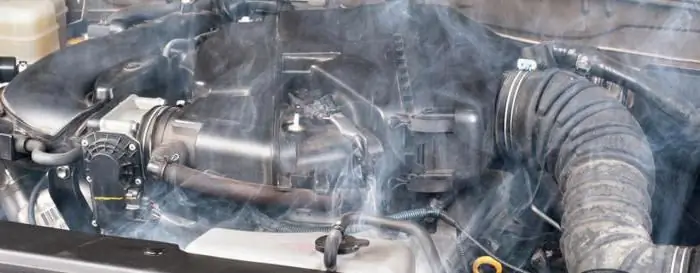
Automatic transmissions are no longer a rarity, and besides, they must be handled with care, since the oil that is present in the gearbox mechanism can overheat. And then it leads to very sad consequences. To avoid this, it is worth installing an additional automatic transmission cooling radiator and not knowing grief
Pasting the headlights with a film with your own hands: instructions and recommendations
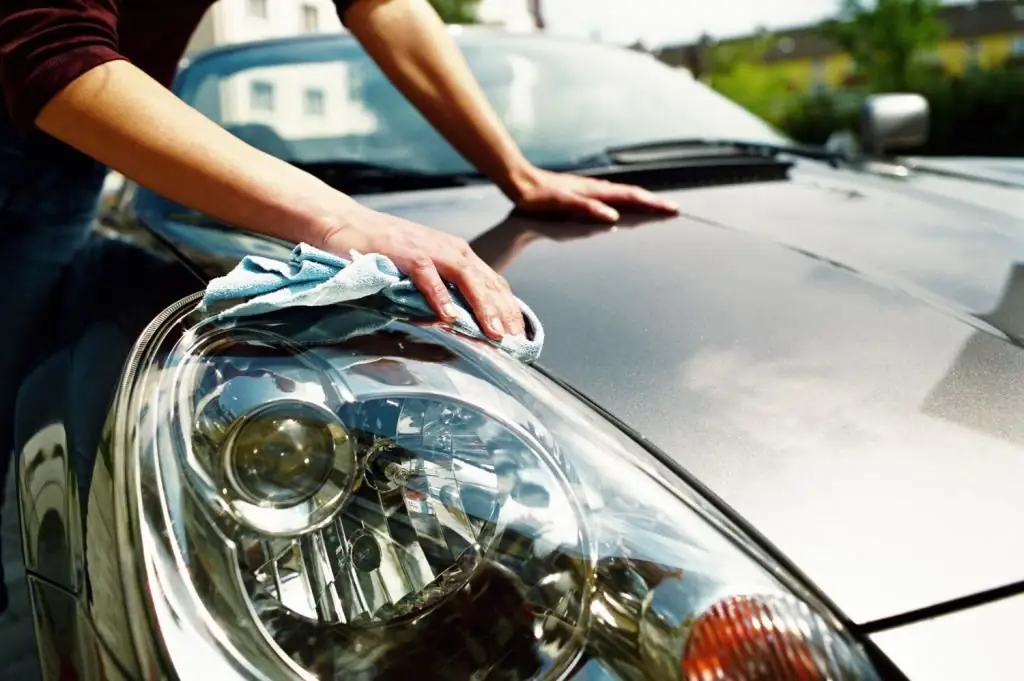
Before starting work on pasting the headlights with anti-gravel film, it is necessary to decide how exactly the process will take place. For example, whether the entire surface of the optics will be pasted over or only “cilia” on the headlights will be processed. You can also choose several color options for the film and create an applique combination

